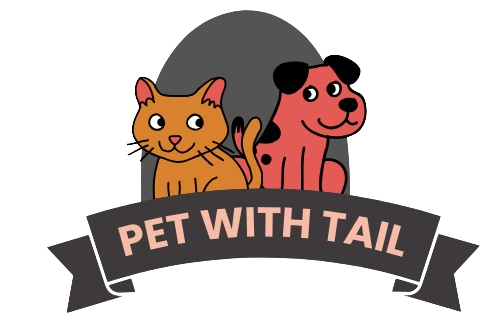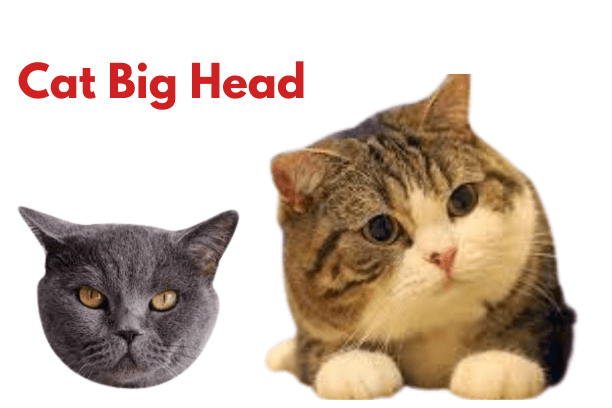Cats are small, furry animals that belong to the Felidae family and are popular as pets or companions. A big head is a term that refers to the relative size of a cat big head compared to its body. Some cats have big heads because of hormonal, genetic, or nutritional factors influencing their growth and development.
A cat with a big head can affect a cat’s appearance and behavior in various ways, such as making them look more dominant, aggressive, or friendly. Some examples of cat breeds that have big heads are Maine Coon, Chausie, Savannah Cat, Ragdoll, and others. In this blog post, we will discuss why some cats have large heads and how it affects their appearance and behavior.
Contents
Common Misconceptions about Cats with Big Heads
There are several misconceptions surrounding cats with big heads. One common myth is that these cats are always of a specific breed or lineage. While certain breeds like the Maine Coon or British Shorthair are known for their larger heads, not all big-headed cats belong to these breeds.
Another misconception is that a larger head size indicates health issues or developmental problems. While some health concerns can be associated with the structure of their heads, many large-headed cats are perfectly healthy and lead normal lives.
Some people also mistakenly believe that these cats might have cognitive differences or altered personalities due to their head size. In reality, their intelligence and temperament are as varied as any other cat. It’s essential to approach cats with big heads with an open mind, free from biases or preconceived notions, and appreciate them for the unique and lovable creatures they are.
Physical Characteristics of Cats with Big Heads
Head Size and Proportion of Body
Cats with notably large heads often present a unique silhouette. The head’s size, when compared to the body, is noticeably disproportionate, making these felines stand out. While most domestic cats have heads that align proportionally with their bodies, cats with large heads might appear top-heavy.
This disproportion doesn’t necessarily mean they are unhealthy or abnormal; it’s just a distinctive physical trait. Some cat enthusiasts even find this trait particularly endearing, as it gives the cat a distinctive and memorable appearance.
Distinct Facial Features
A cat with a larger head often has pronounced facial features. Their eyes might appear more prominent, giving them a curious or intense gaze. Their noses and mouths can also be more pronounced, leading to a range of expressive facial gestures. The whisker pads might be more prominent, leading to a “puffed” appearance on their face.
Ears can either be proportionally large, giving them an even more distinctive look, or they might appear smaller in comparison to the head, adding to the overall disproportion. These distinct features can make big-headed cats especially photogenic, capturing the hearts of many cat lovers.
Possible Reasons for a Larger Head Size
There are various reasons why a cat might have a larger head. Genetics plays a significant role; certain breeds are predisposed to this trait. For instance, some pedigree cats have been bred over generations to emphasize specific physical characteristics, including a larger head.
Additionally, some cats might develop a bigger head due to certain medical conditions or growth abnormalities. It’s also worth noting that male cats, in general, tend to have larger heads compared to females.
Lastly, while it’s less common, some cats might simply be outliers, with no specific reason for their larger head size. Regardless of the reason, it’s essential to ensure that the cat’s health isn’t compromised and to provide them with the care and attention they deserve.
Suggested: Cats With Big Noses
Breeds of Cats with Big Heads
Cats are adorable, and some of them have big heads that make them even more cute and cuddly. A big head is a feature that makes a cat look younger and more appealing. Many big-head cat breeds have big heads, but here are some of the most popular ones:
Scottish Fold
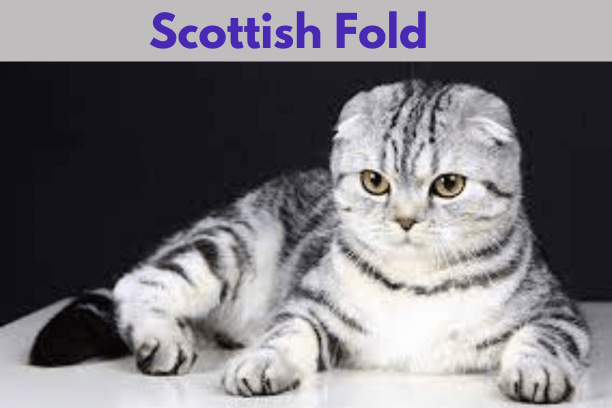
The Scottish Fold is a cat breed that is well known for its folded ears, which give it a unique appearance. But this breed also has a large head and chubby cheeks that add to its charm.
They have short necks and short legs, which make their heads look even bigger. The Scottish Fold originated from Scotland, where it was first developed in 1961. They are quiet, affectionate, and playful cats that like to pose in funny positions. Additionally, they are amiable and devoted to their owners.
The average weight of Scottish Fold
Scottish Fold: Male: 9 – 13 pounds, Female: 6 – 9 pounds.
American Shorthair
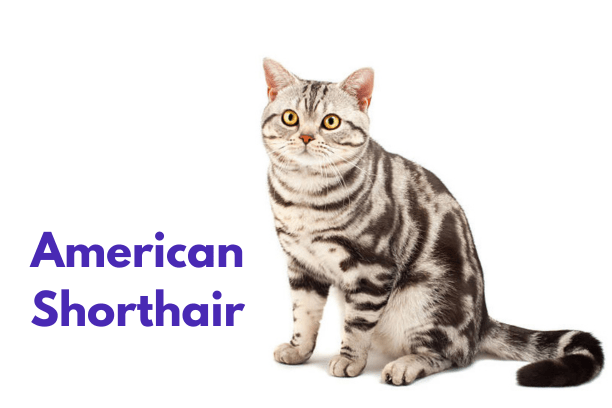
The American Shorthair is another cat breed with a large head relative to its body size. They have strong bodies and heavy bones that make them sturdy and muscular. They often have a gray or tabby coat, but they can come in many different colors and patterns.
The American Shorthair has a long history, as it is believed to be the descendant of European cats that were brought to the Americas by early settlers. They were used to protect food and cargo from rodents, as they were excellent hunters. They are smart, playful, and affectionate cats that enjoy human company.
The average weight of American Shorthair
American Shorthair: Male: 11 – 15 pounds, Female: 8 – 12 pounds.
Maine Coon
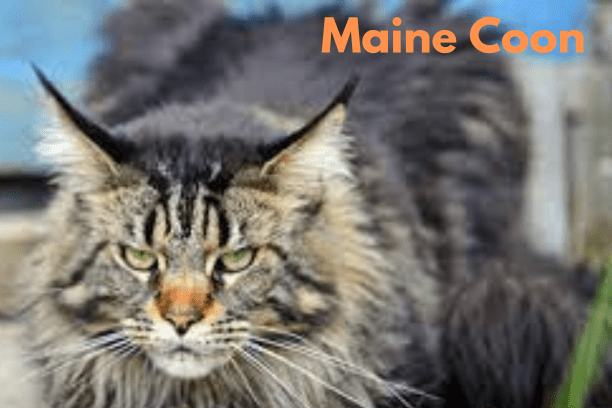
The Maine Coon is one of the largest domestic cat breeds in the world, and it also has a large head that matches its size. They have long, fluffy fur that makes them look even more majestic. They have large ears with tufts of hair at the tips and big eyes that express their curiosity and intelligence.
The Maine Coon originated from the state of Maine in the United States, where it was first recognized as a distinct breed in 1861. They are gentle, friendly, and sociable cats that get along well with other animals and people.
The average weight of Maine Coon
Maine Coon: Male: 15 – 25 pounds, Female: 8 – 12 pounds.
British Shorthair
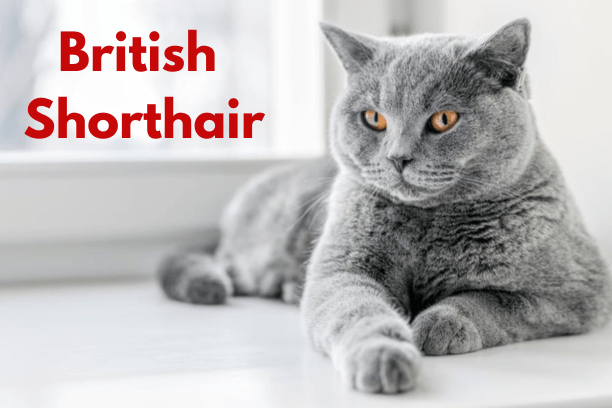
The British Shorthair is a cat breed with a round head and a thick coat that gives it a plush appearance. They have large eyes, often blue or copper-colored, and small ears set wide apart on their head.
They have a stocky body and short legs that make them look compact and sturdy. The British Shorthair is one of the oldest cat breeds in the world, as it is believed to be the descendant of Roman cats that were brought to Britain around 2,000 years ago. They are calm, loyal, and independent cats that like to relax and nap.
The average weight of British Shorthair
British Shorthair: Male: 9 – 17 pounds, Female: 7 – 12 pounds
Persian
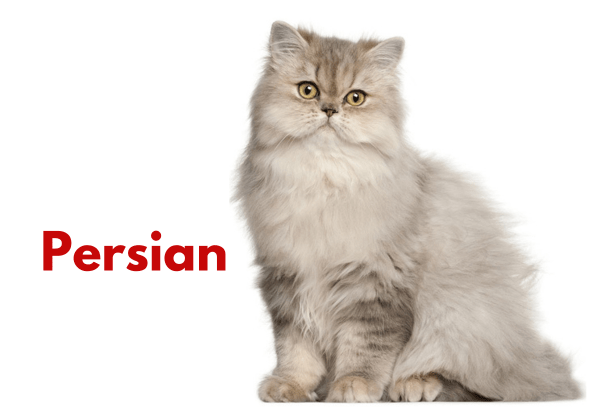
The Persian is a cat breed with a flat face and a large head that makes it look very cute and doll-like. They have long, silky fur that comes in many different colors and patterns. They have small ears and large eyes that are often blue or green.
They have a short body and short legs that make them look fluffy and round. The Persian is one of the most popular cat breeds in the world, as it has been bred for centuries for its beauty and elegance. They are sweet, gentle, and quiet cats that enjoy being pampered and groomed.
The average weight of Persian
Male: 9 – 14 pounds, Female: 7 – 11 pounds
Other Notable Breeds
Several other cat breeds also boast big heads, adding to their unique charm. The Ragdoll, for instance, has a broad and modified wedge-shaped head, making it look endearing.
The Exotic Shorthair, often considered the short-haired version of the Persian, also has a large, round head. The Chartreux, a French breed, is known for its robust build and large head with a sweet expression.
Each of these breeds, with their distinctive head shapes and sizes, brings a unique flavor to the world of feline companions, ensuring there’s a perfect big-headed cat for every cat lover out there.
These are just general estimates, and the actual weight of your cat may vary depending on their characteristics and lifestyle. It is important to keep your cat at a healthy weight by providing them with a balanced diet and regular exercise.
Health Implications for a Cat Big Head
Potential Health Concerns Related to Having a Big Head
Cats with notably large heads, especially those with brachycephalic (flat-faced) features, can be predisposed to certain health issues. The structure of their skulls can lead to compressed nasal passages and smaller nostrils, making it harder for them to breathe.
This can result in snoring, respiratory distress, or increased susceptibility to respiratory infections. Additionally, the unique shape of their heads might mean that their eyes are more exposed and prone to injuries or infections.
It’s also worth noting that some cats with larger heads might have underlying genetic conditions or growth abnormalities that could present other health challenges.
Importance of Regular Veterinary Check-ups
Regular veterinary check-ups are crucial for all cats, but they’re especially vital for breeds with distinctive physical traits like a big head. Routine examinations can help in the early detection of potential health issues, ensuring that any concerns are addressed promptly.
Veterinarians can assess the cat’s overall health, listen to its breathing, check its eyes and teeth, and provide recommendations tailored to the cat’s specific needs. These regular visits also offer an opportunity for cat owners to discuss any observations or concerns they might have about their feline companion’s health and well-being.
Addressing Breathing and Dental Issues
Breathing problems are a common concern for cats with big heads, especially those with a brachycephalic facial structure. Owners should be vigilant and seek veterinary care if they notice symptoms like labored breathing, frequent panting, or blue-tinged gums. In severe cases, surgical interventions might be recommended to widen the nostrils or remove obstructions.
Dental issues can also be prevalent in these cats due to the unique shape of their mouths. Overcrowding of teeth or misalignment can lead to dental diseases or difficulties in chewing. Regular dental check-ups, professional cleanings, and a suitable diet can help mitigate these issues. Dental toys and treats can also assist in keeping their teeth clean and healthy.
Caring for Cats with Big Heads
Special Grooming Needs
Cats with larger heads, especially those with longer fur or brachycephalic features, often require specialized grooming routines. Their facial structure can lead to tear staining around the eyes, which necessitates regular cleaning to prevent infections or irritations. Using a soft, damp cloth to gently wipe the area can help.
Additionally, cats with dense fur around their heads might be prone to matting. Regular brushing, using tools like wide-toothed combs or slicker brushes, can help detangle the fur and reduce the risk of mats forming. For breeds with folded or tufted ears, it’s essential to check and clean their ears regularly to prevent the buildup of wax or potential infections.
Dietary Considerations
The unique facial structure of cats with big foreheads can sometimes make eating a challenge. They might find it difficult to pick up food or chew it properly. To address this, owners can consider offering them specially designed kibble shapes that are easier for them to grasp and chew.
Wet food can also be a good option, as it’s softer and easier to consume. It’s essential to monitor their weight and ensure they’re getting a balanced diet. Overweight cats, especially those with larger heads, can be more susceptible to health issues. Consulting with a veterinarian about the best diet plan tailored to their needs is always a good idea.
Ensuring Comfort and Safety
Cats with big heads might face challenges that other cats don’t. For instance, they might find it harder to fit into standard-sized cat beds or carriers. Investing in larger or specially designed beds and carriers can ensure their comfort.
Additionally, toys that cater to their unique facial features can provide them with entertainment without straining their mouths or jaws. Safety is paramount, especially for brachycephalic cats.
Keeping them indoors or in a safe, enclosed outdoor space can prevent them from overexerting themselves, especially in hot weather, which can exacerbate breathing difficulties. Regularly checking their living environment for potential hazards, like small objects they might swallow, is also crucial.
Do Male Cats Have Bigger Heads Than Female Cats?
If you have ever wondered how to tell a male cat from a female cat, you might have noticed that their heads look different. Male cats tend to have bigger, rounder, and more muscular heads than female cats. But why is that? And are there any advantages or disadvantages to having a big head? Let’s find out!
The Role of Hormones
The main reason male cats have bigger heads than female cats is hormones. A male cat with a big head produces more testosterone, which is the male sex hormone that affects their growth and development.
Testosterone stimulates the production of other hormones that increase bone density, bone marrow, and muscle mass. These hormones make male cats grow larger and stronger than female cats.
Testosterone also affects the shape of the male cat’s head. It makes their skull thicker and heavier, their snout longer and wider, their cheeks fuller and more prominent, and their whisker pads larger and more puffy. These features give male cats a more rugged and masculine appearance than female cats.
The Benefits of Big Heads
Having a big head is not just for show. It also has some practical benefits for male cats. One of them is protection. Male cats are more likely to get into fights with other males over territory or mates.
Having a big head can help them withstand the blows and bites from their opponents. Their thick skull, strong jaw, and large cheeks can act as a kind of armor to shield them from injury. Another benefit of having a big head is attraction. Male cats use their big heads to impress female cats and intimidate rival males.
Their big heads signal that they are healthy, strong, and dominant, which are desirable traits for mating partners. Female cats may prefer male cats with bigger heads because they can offer better protection and resources for their offspring.
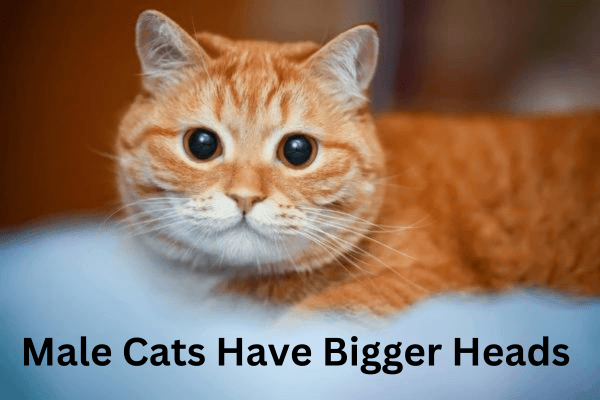
The Drawbacks of Big Heads
Having a big head is not all good, however. It also has some drawbacks for male cats. One of them is weight. Having a big head means having more weight to carry around. This can make male cats slower and less agile than female cats. It can also put more stress on their joints and spine, which can lead to health problems in the long run.
Another drawback of having a big head is heat. Having a big head means having more surface area to lose heat from. This can make male cats more prone to overheating and dehydration in hot weather. It can also make them more vulnerable to frostbite in cold weather. Male cats need to regulate their body temperature carefully to avoid these risks.
Conclusion
Big-headed cats are felines with heads that are noticeably larger in proportion to their bodies, a trait that can arise from specific breed characteristics, genetics, or certain health conditions.
Although the term “big-headed” isn’t a formal classification in feline taxonomy, it aptly describes cats with this distinctive appearance. However, there are misconceptions about a cat big head. Contrary to popular belief, not all big-headed cats are from specific breeds like the Maine Coon or British Shorthair.
Additionally, a larger head doesn’t necessarily indicate health or developmental issues. While some might face health challenges due to their head structure, many are perfectly healthy. Furthermore, their cognitive abilities and personalities are as diverse as any other cat’s. It’s crucial to view these cats without biases or assumptions and recognize them as the unique and endearing creatures they truly are.
